seangoodman
Registered
Thread Starter
- Joined
- Feb 2, 2021
- Posts
- 13
More
- Main Amp
- musical fidelity ms5i
- DAC
- can v2
- Computer Audio
- Roon
- Front Speakers
- dali opticon 8
Hi guys, am new to REW and have been spending the last few weeks measuring my room and making a few acoustic improvements, I have got as far as I can and am beginning to feel that I am now going round in circles and could do with a bit of help to understand what is going on and what I could realistically do to improve things if indeed it is deemed that improvements should be made.
my system is as follows:
Musical Fidelity Ms5i amp
Dali Opticon 8 Floorstanders
Input via Technics 1210 with Denon DL110 and digital via Cambridge can streamer +Qobuz
room treatment so far 6 GIK 242 panels at first reflection points on side walls and ceiling plus 2 home made triangle bass traps 40cm x 40cm x 120cm high in both front corners, filled with Isover TP1 insulation
the problems that need addressing (remember I am novice so this may be incorrect) is as follows:
1) left speaker bit of a null at 40hz, quite a wide dip from about 125hz up til about 700hz, what could be causing this and what could I realistically do about it?
2) right speaker big null at 68hz and again the dip between 125hz to 700hz, what could be causing this and again what could I realistically do about it?
3) I think my impulse measurements actually look quite could but I would like somebody more qualified opinion as to if they actually are acceptable or not
regarding the deep null at 68hz on the right speaker, I did have this on the left side as well but it went away when I moved the armchair back 20cm, doing this on the right side had sadly not effect.
regarding the dips in the middle, moving speakers a bit left / right, toe in or straight doesn't seem to have any effect nor does moving listening sofa back or forwards
perhaps somebody could have a look over my Mdat file and give me a heads up on how its looking and what I could realisably do to get anymore out of my system if at all possible
many thanks
Sean
my system is as follows:
Musical Fidelity Ms5i amp
Dali Opticon 8 Floorstanders
Input via Technics 1210 with Denon DL110 and digital via Cambridge can streamer +Qobuz
room treatment so far 6 GIK 242 panels at first reflection points on side walls and ceiling plus 2 home made triangle bass traps 40cm x 40cm x 120cm high in both front corners, filled with Isover TP1 insulation
the problems that need addressing (remember I am novice so this may be incorrect) is as follows:
1) left speaker bit of a null at 40hz, quite a wide dip from about 125hz up til about 700hz, what could be causing this and what could I realistically do about it?
2) right speaker big null at 68hz and again the dip between 125hz to 700hz, what could be causing this and again what could I realistically do about it?
3) I think my impulse measurements actually look quite could but I would like somebody more qualified opinion as to if they actually are acceptable or not
regarding the deep null at 68hz on the right speaker, I did have this on the left side as well but it went away when I moved the armchair back 20cm, doing this on the right side had sadly not effect.
regarding the dips in the middle, moving speakers a bit left / right, toe in or straight doesn't seem to have any effect nor does moving listening sofa back or forwards
perhaps somebody could have a look over my Mdat file and give me a heads up on how its looking and what I could realisably do to get anymore out of my system if at all possible
many thanks
Sean
Attachments
-
first reflection points right left and both.mdat5.5 MB · Views: 79
-
first reflection points right left and both.mdat5.5 MB · Views: 103
-
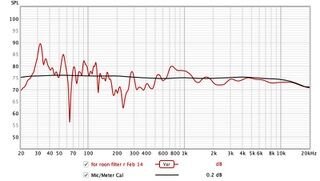 right speaker spl.jpeg11 KB · Views: 101
right speaker spl.jpeg11 KB · Views: 101 -
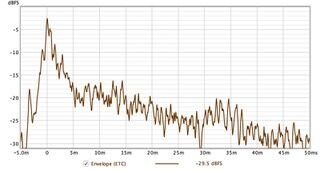 left speaker impulse.jpeg10.3 KB · Views: 110
left speaker impulse.jpeg10.3 KB · Views: 110 -
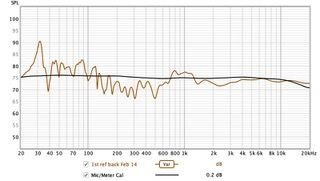 left speaker spl .jpeg10.7 KB · Views: 92
left speaker spl .jpeg10.7 KB · Views: 92 -
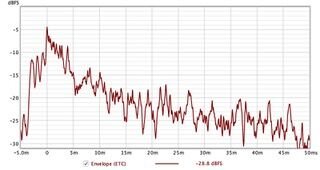 right speaker impulse.jpeg10.9 KB · Views: 95
right speaker impulse.jpeg10.9 KB · Views: 95 -
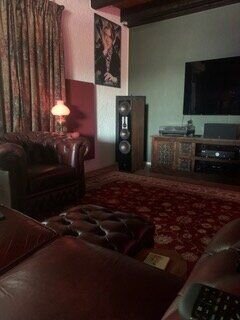 IMG_2450.jpeg14.3 KB · Views: 95
IMG_2450.jpeg14.3 KB · Views: 95 -
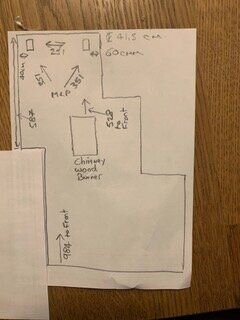 IMG_2455.jpeg13.2 KB · Views: 89
IMG_2455.jpeg13.2 KB · Views: 89 -
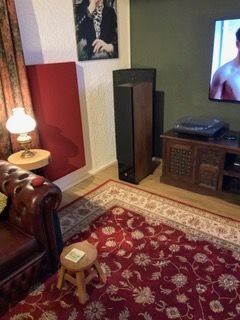 IMG_0053.jpeg17.6 KB · Views: 90
IMG_0053.jpeg17.6 KB · Views: 90 -
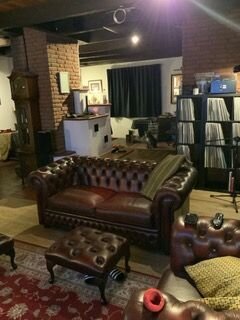 IMG_0052.jpeg17.9 KB · Views: 85
IMG_0052.jpeg17.9 KB · Views: 85














